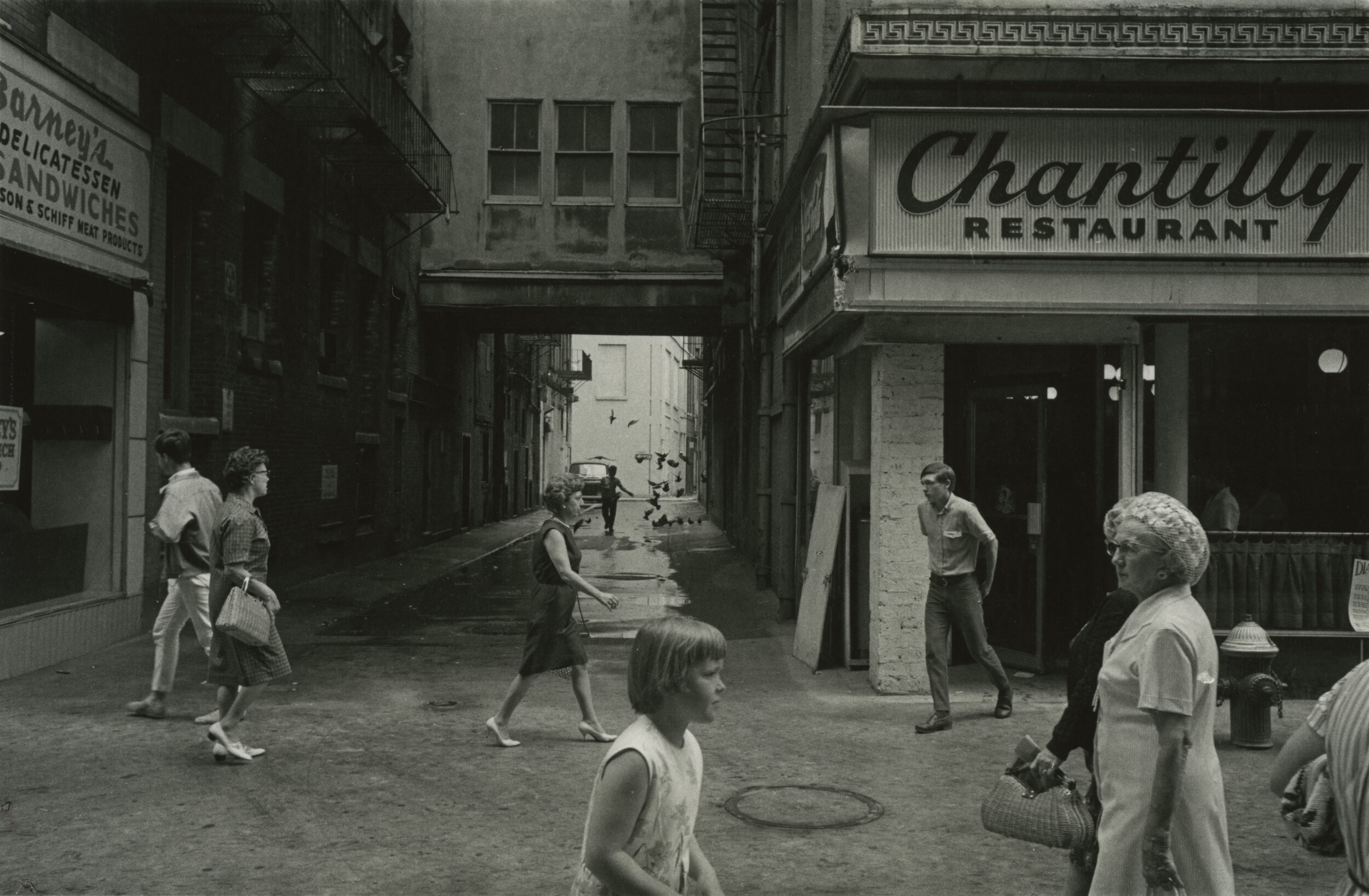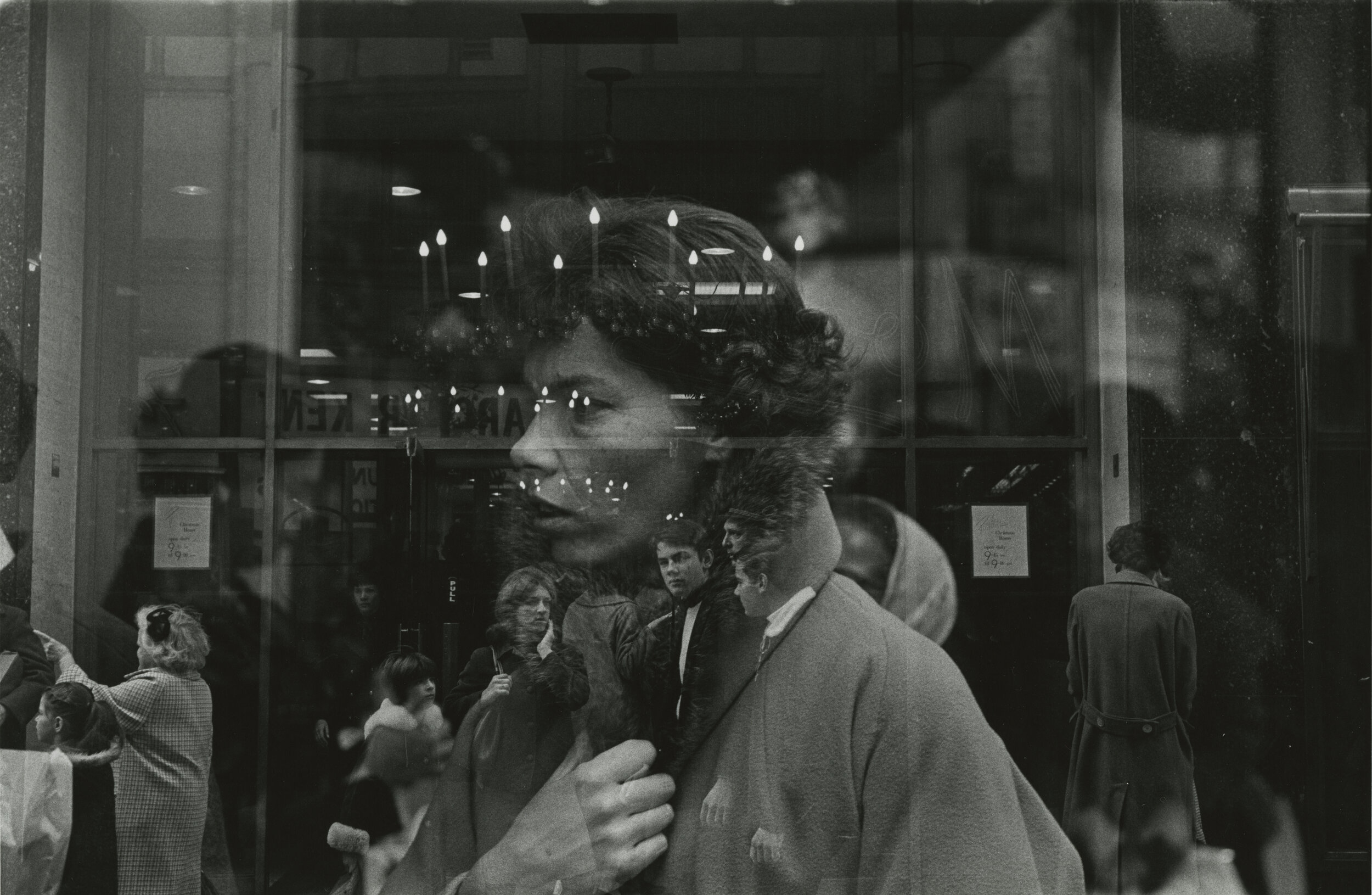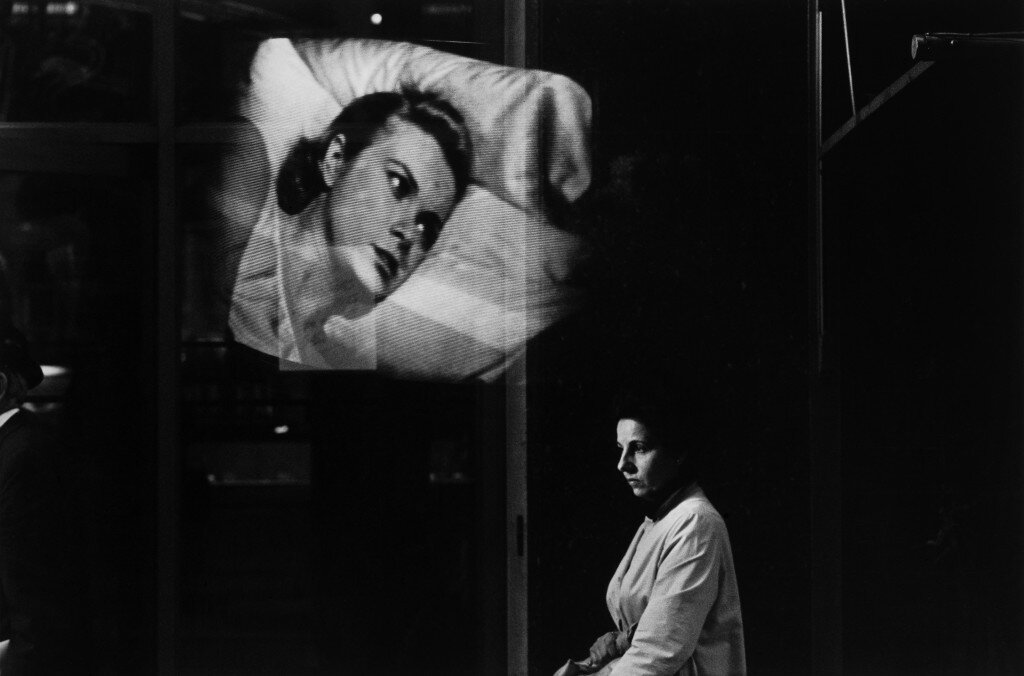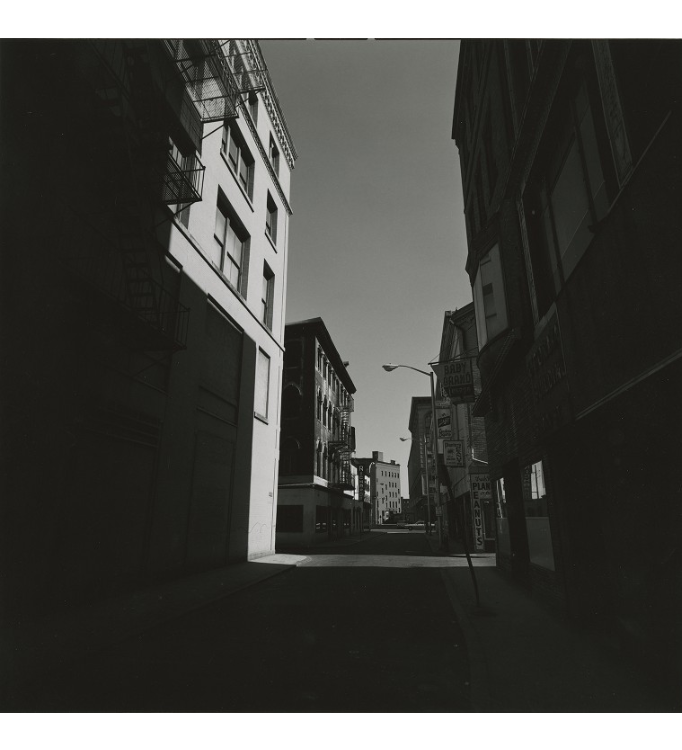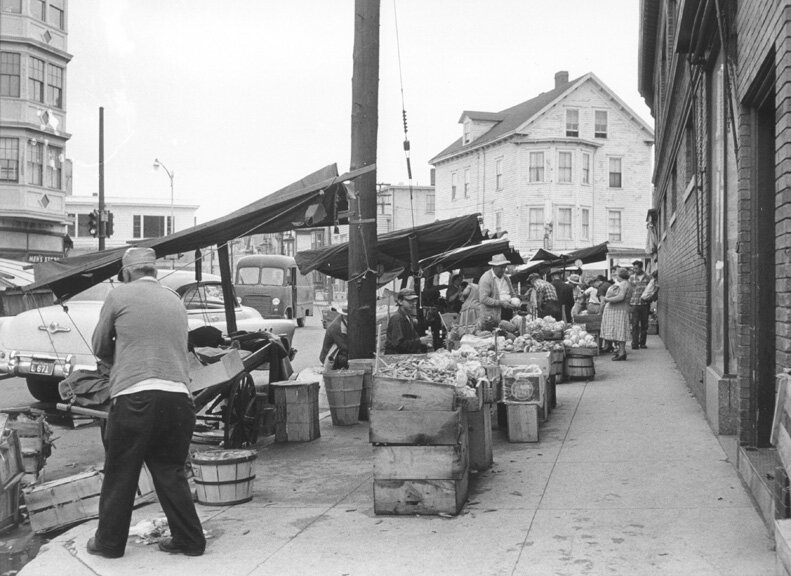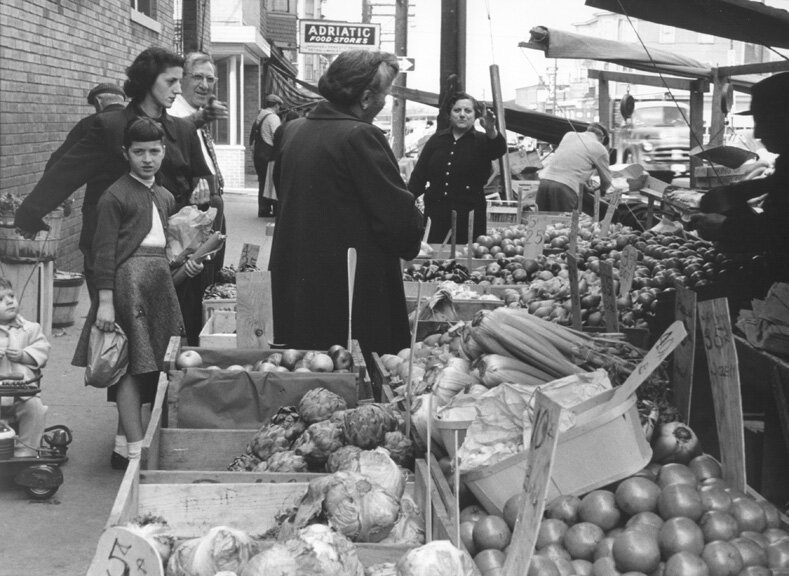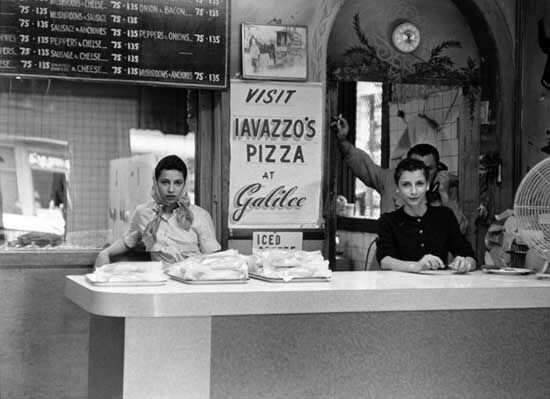The Providence Album, Vol. I: Carmel Vitullo & harry callahan
carriage house gallery, brown university / may 4 - july 22, 2019
1960: Providence is a city in decline. Residents are rapidly relocating to the surrounding suburbs and taking local businesses with them. The construction of I-95 and I-195 are under way, and by 1965 they will permanently sever connections among many of the neighborhoods, separating the South and West Sides from Downtown and the East Side.
The photographs in this exhibition capture areas of Providence at this time of transition. Some document particular neighborhoods that were undergoing or were threatened by change, while others suggest the grim existence of modern life in a post-industrial city. In most of them, women are the protagonists of this city, appearing like lead characters in a film that is only part of the way through.
Who is in these photographs? Who is missing from these photographs? What is the story they tell about Providence during this time of uncertainty?
About the Artists
Carmel Vitullo (b. 1925) was born in Providence. She went to Classical High School, where she was a member of the camera club. She studied painting at the Rhode Island School of Design for two years (1943-45) before deciding to switch to photography. Since RISD didn’t offer photography at the time, she moved to New York to attend the New York Institute of Photography. From the 1950s on, Vitullo worked as a freelance and commercial photographer for several different studios, including the Brown University Photo Lab between 1955 and 1959, around the time that the photographs in this exhibition were taken. Her photographs have been included in exhibitions at the Museum of Modern Art in New York (1955), RISD Museum of Art (1959), Providence Public Library (1969 and 1972), Newport Art Museum (2004) and the Bert Gallery in Providence (2004, 2006 and 2009). Vitullo retired in 1990 and lives in Johnston.
Harry Callahan (1912-1999) was born in Detroit and first took up photography when he joined the employee camera club of the Chrysler Corporation, where he worked in the shipping department. At the encouragement of Ansel Adams, he pursued photography full time, taking on teaching to support his craft. In 1961, Callahan moved to Rhode Island, where he established the photography program at the Rhode Island School of Design. While living on Benefit Street in Providence, he went out and photographed the city nearly every day. Callahan retired from RISD in 1977, and his work was the subject of retrospectives at the Museum of Modern Art in 1976 and at the National Gallery of Art in 1994. In 1996, he was awarded the National Medal of Arts.
The Women of the Providence Album
The photographs in this exhibition are like a time capsule of the available identities created for and inhabited by women at this moment in American history. They are all here: the bride, the pin-up, the nonna, the housewife, the shopgirl, the aging shopkeeper, the nude and the movie star. One has the sense of having gone behind the scenes on a Warner Brothers film lot and encountered female characters from different movies passing each other by en route to different film sets. Many of Vitullo’s photographs are portraits of women at work, created in collaboration with the women depicted. Callahan’s photographs, by contrast, were taken in the street of passers-by who were unaware that they were being photographed as they hurried by, often with shopping bags in their hands. In a way, however, these were also portraits of women at work, engaged in the unpaid labor of mass consumption that drove the postwar American economy.
In one series of provocative multiple exposure prints, Callahan introduced nude images taken from pornographic magazines into his photographs of downtown Providence. In many of them, women appear to be for sale, fragments of their nude bodies appearing in shop windows or on buildings like advertising billboards. These photographs seem to take a critical position in relation to consumer culture, suggesting the conflicting messages that were broadcast to women about what they should look like and how they should be.
The Providence Album was made possible by exhibition loans from the David Winton Bell Gallery, Brown University; the Bert Gallery Providence, and Stephan Brigidi. Special thanks to Carmel Vitullo, Stephan Brigidi, and the staff and seniors at St. Martin de Porres and Laurelmead for sharing their memories of Providence in the 1960s, and the John Nicholas Brown Center for Public Humanities and Cultural Heritage for supporting this exhibition.
clippings
“Photo Exhibit Documents Providence’s 60s Transformation,” The Providence Journal (May 3, 2019).
“The Lost City,” Providence Monthly (April 2019).
